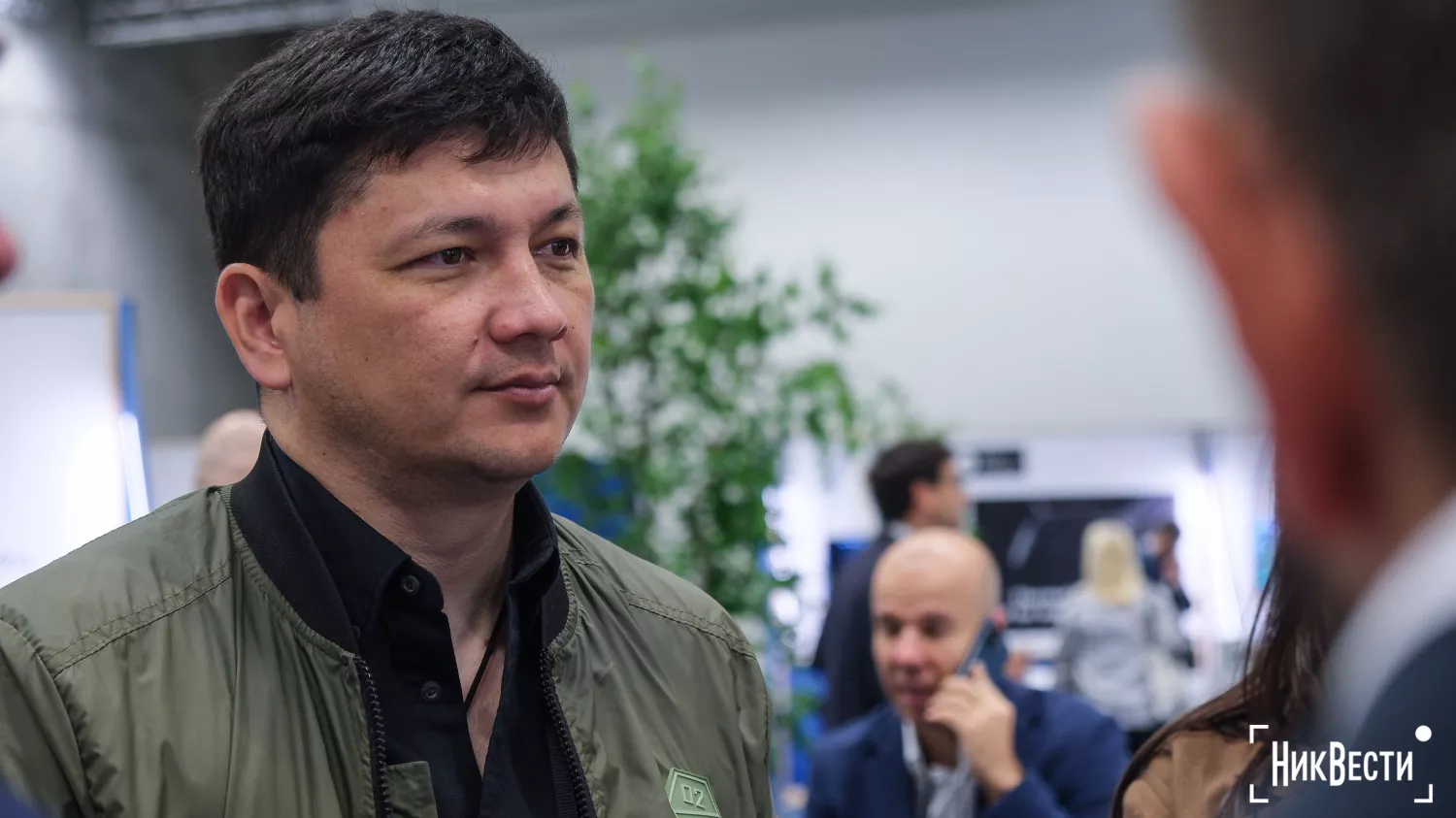Kim explained to Mykolaiv city council members why it is necessary to support Zelenskyy's «victory plan»
- Alisa Melik-Adamian
-
•
-
13:35, 31 October, 2024
Vitalii Kim, deputy of the Mykolaiv city council from «Servant of the People» and head of the Mykolaiv RMA, made a call to support the proposal to introduce Volodymyr Zelenskyy's «victory plan» to the international community.
He said this during an online session on Wednesday, October 30, write NikVesti.
Vitalii Kim noted that the document contains a number of interesting theses, which he is not familiar with, but the basic and publicized facts should help in establishing international support for the forces of Ukraine.
«This is a political decision that demonstrates to our partners the unity of regions and communities, that we are all united by one goal. There are a lot of things that even I don't know, but the main theses that were there are what we need to continue helping the Armed Forces and the Defense Forces,» added Vitalii Kim.
Earlier, the head of Mykolaiv RMA Vitalii Kim supported the Victory Plan of the President of Ukraine Volodymyr Zelenskyy. Vitalii Kim thanked the president's team for the presentation of the Victory Plan. According to him, it is important that foreign partners see the unity of Ukraine in the implementation of this plan.
As you know, on October 30, the Mykolaiv City Council appealed to the European sister cities with a request to support the presidential Victory Plan for further support of the Armed Forces of Ukraine.
What does Zelenskyy's «victory plan» envisage?
President Volodymyr Zelenskyy presented the Plan for Ukraine's victory in the war during the meeting of the Verkhovna Rada on October 16. The plan includes five public items and several classified applications. Zelenskyy emphasized that Ukraine's goal is to «change the circumstances so that Russia is forced to make peace.» He believes that the implementation of the plan can allow ending the war no later than next year.
The main points of the «victory plan»:
- Geopolitical — Ukraine's invitation to NATO.
- Military — increasing defense capabilities.
- Deployment of non-nuclear deterrents.
- Economic — recovery of the economy.
- Security — strategies for the post-war period.
